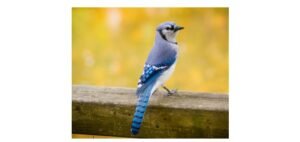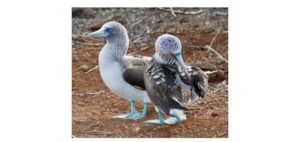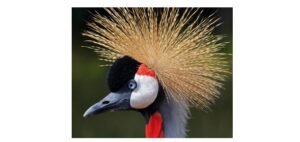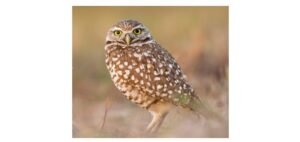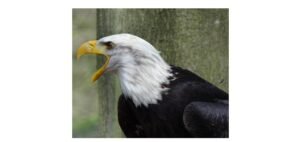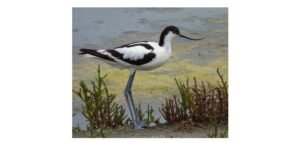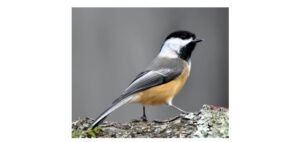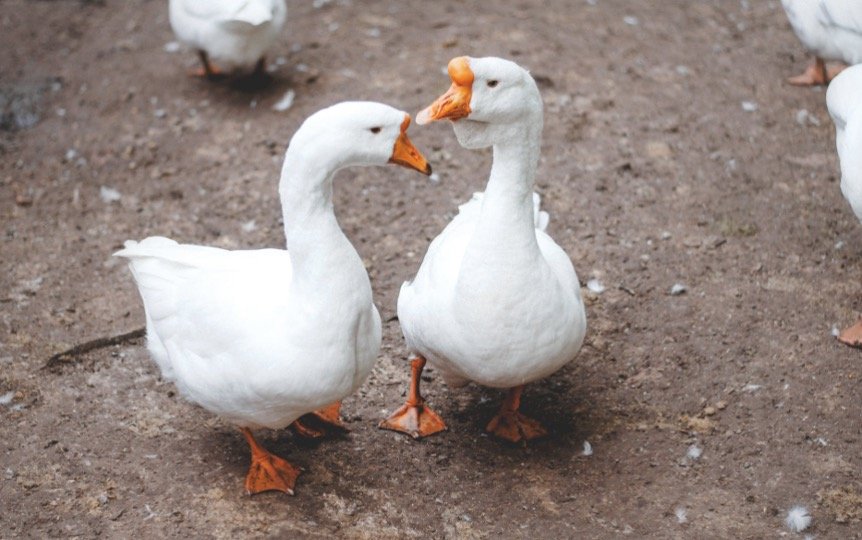
A Goose is an omnivorous creature belonging to the Animalia family, phylum Chordata, class Aves, order Anseriformes and family Anatidae. Its length is up to 23.6 to 50 inches, it weighs up to 3.3 to 17 pounds, and wingspan of up to 4.2 to 6.1 feet, with a lifetime of up to 12 to 26 years.
A Goose is a bird that feeds on grass, berries and seeds. Long neck and noisy communication calls is the most distinguishing characteristic. Gooses are preyed upon by coyotes, bobcats, and humans.
Physical features include brown, white, black and grey skin colorations, and feathers on the skin, with the top speed of 55 mph.
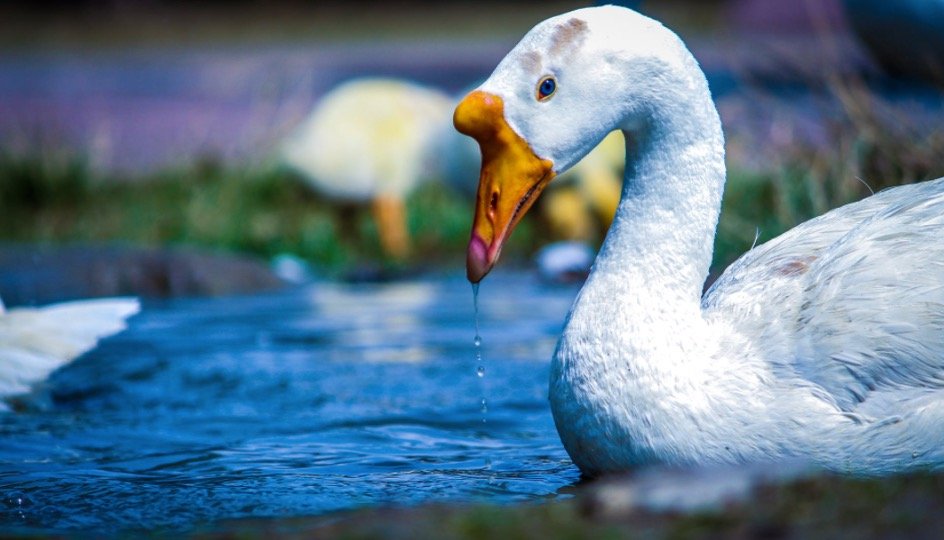
Goose Description
The geese belong to a species of big waterfowl found in the Northern Hemisphere. The famous action puzzle video game “Untitled Goose Game” epitomises this bird’s noisy, aggressive demeanour, although as a highly caring parent, it is typically simply attempting to protect its young from harm.
Although the Canada geese is the most common bird in North America, it has evolved to thrive in a variety of environments across the world. The goose is a bird that has developed to dwell near freshwater rivers, lakes, ponds, and streams in Europe, Asia, and North America over millions of years.
Most species favour temperate or Arctic conditions, but the Hawaiian species, which lives in tropical settings, is a conspicuous exception. The bird’s nest is a small structure made of leaves, grass, twigs, mosses, and lichen that is built in the ground, often in an elevation spot.
Most goose species are ranked as least concerning by the IUCN Red List, possibly because they are rarely hunted enough to be immediately threatened. Only the swan, red-breasted, Hawaiian, and white-fronted geese are fragile among the 16 or so real geese species, while the emperor goose is endangered.
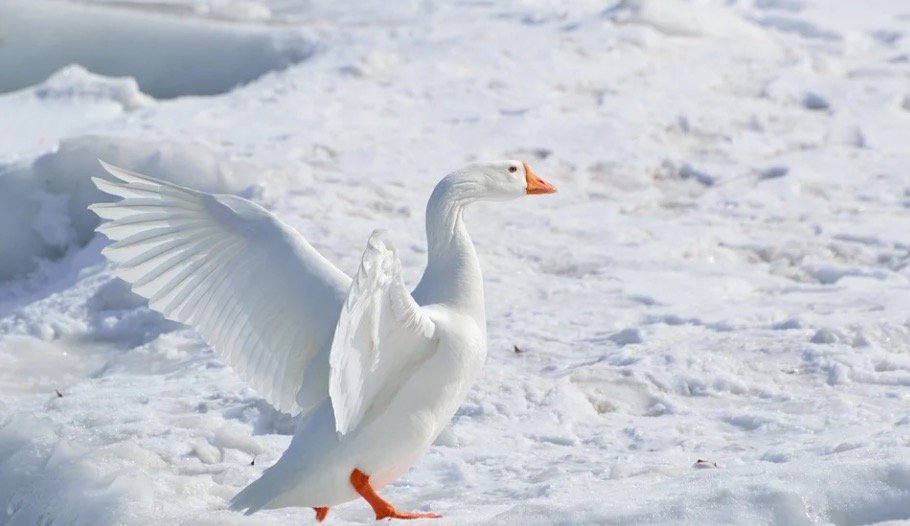
Amazing Facts About Goose
• Domestication of geese was a very widespread occupation or hobby in Ancient Egypt, Rome, and Greece. Pliny the Elder (about 200 AD), a Roman naturalist, reportedly related an interesting account about a pet goose who was inseparable from its owner. Most domesticated birds today are descended from the graylag, swan goose, and a few other species for the purpose of growing their feathers, which are used in quilts, pillows, and jackets; or flesh and paste, which is used to make foie gras. They’ve been genetically modified to be polygamous in order to increase their reproductive performance.
• As a harbinger of winter and a vital component of several idioms and expressions, the goose has left an indelible influence on human civilization. “Killing the goose that lays the golden eggs” is an allusion to one of Aesop’s fables that serves as a cautionary tale about avarice.
• These birds’ fossils have been discovered going back 10 to 12 million years.
• The term goose can apply to the bird in general as well as the adult female in particular. To prevent misunderstanding, she is sometimes referred to as a hen. A gander is a term used to describe an adult guy.
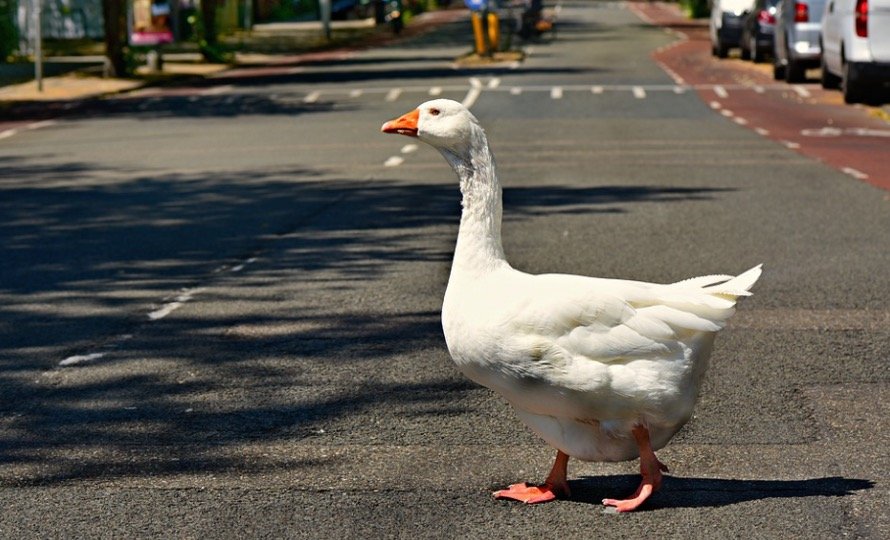
Various Goose Species
These birds belong to the Anatidae family, which appears to stem from the Latin anas for “duck.” They are closely related to ducks, swans, and other waterfowl. The term “goose” isn’t truly a category at all. Instead, it is broadly described as any member of the Anser and Branta genera, which comprise grey and white geese and black geese, respectively.
The Canada goose, barnacle goose, white-fronted geese, snow goose, swan goose, and brant are among the 16 or 17 species identified. Despite their names, some other species, such as the magpie and the pygmy goose, are not real geese.
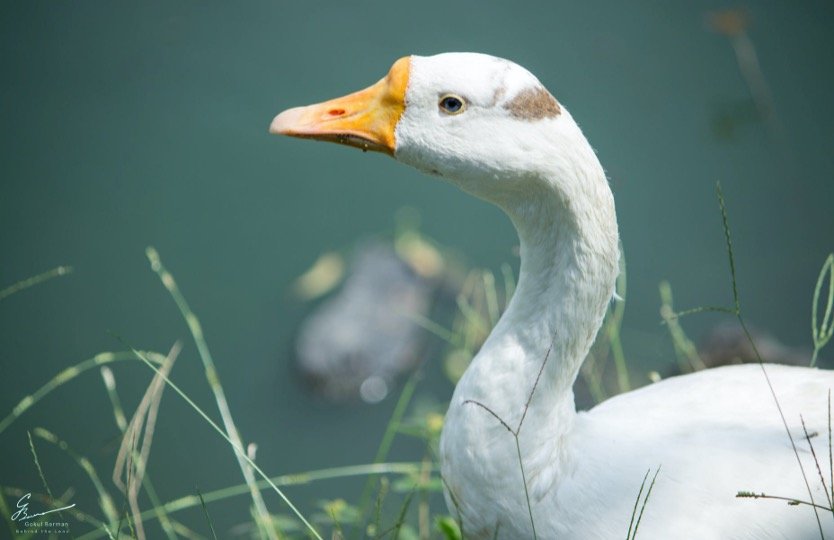
Goose Appearance and Behavior
The plump body, narrow neck, and humped bill that tapers at the end of the mouth make these birds easily identifiable. Although they are superficially similar to swans, they have grey or black feathers all over their tiny bodies and a black or orange beak.
The hue of the neck and head is referred to as “grey,” “white,” or “black geese.” Canadian geese are the biggest species, weighing over 14 pounds and reaching a length of 43 inches.
Although the male gander is somewhat bigger than the female, the sexes are otherwise identical in colour and appearance. These birds’ social lives concentrate around big flocks known as “gaggles,” but they are known as “skeins” in the air.
These flocks are a cacophony of honking and screams while protecting against dangers or engaging with other members. When they are very enraged, they will defiantly rattle their neck feathers. They will also let out a victory yell after defeating an opponent.
Crane: Description, Habitat, & Fun Facts
These birds are clearly great swimmers and fliers as members of the waterfowl family, but their feet are more forward-positioned than swans and ducks, making them better walkers as well. These birds travel in V formations to save energy by using the air currents generated by the wings of those ahead of them.
This is why they alternate positions all the time: the bird in front expends more energy than the one in the back. Species-specific migration patterns exist. In the winter, Canada geese, for example, fly as far south as Mexico and the southern United States, covering up to 3,000 miles in a single journey.
Hawaiian geese, also known as nene, spend the most of their time inside the island chain where they were born.
What Do Goose Eat?
The bill and mouth of these birds are uniquely designed for gripping and tearing at foliage, as they are predominantly herbivorous grazers. Sedges, grasses, grains, seeds, and aquatic plants make up the bird’s diet. It will only eat insects and fish on rare occasions.
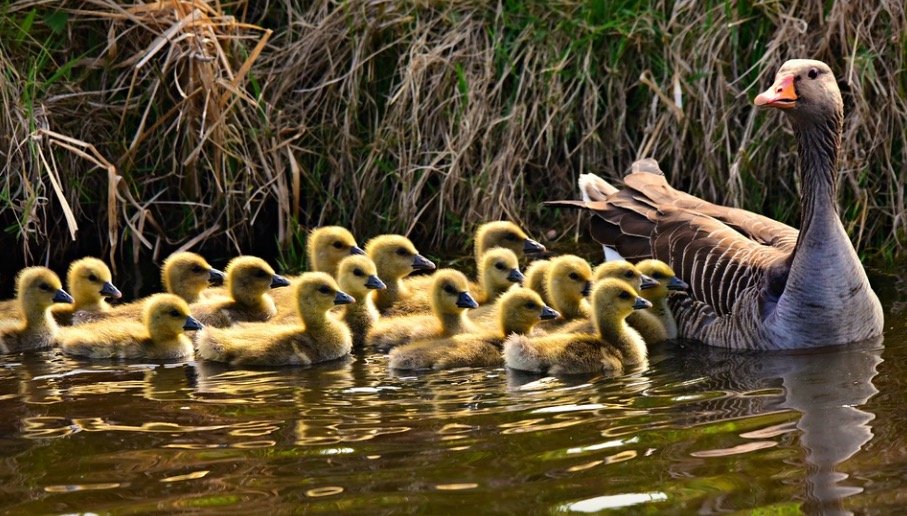
Goose Predators and Threats
Hunting, habitat degradation, and predation by both native and imported species are all challenges to these birds. These risks, on the other hand, tend to be confined to and harm individual populations rather than the entire population of geese.
Coyotes, bobcats, and humans are the only natural predators of adult birds. Skunks, foxes, raccoons, ravens, snakes, hawks, snapping turtles, and practically any other predatory mammal of reasonable size are attracted to eggs and juveniles.
Because only the greatest predators desire to fight a full-grown goose, the majority of them use deception and trickery.
Goose Reproduction, Babies, and Lifespan
These birds have monogamous lifetime relationships with a single spouse. During the spring mating season, they produce a single clutch of white eggs, generally up to ten depending on the species.
If one of the birds dies, the remaining partner will seek a new mate within the same season. The female gander is solely responsible for incubating the eggs when she lays them, while the male gander keeps watch to defend them from predators.
The gosling emerges from the egg with downy feathers and is nearly immediately capable of fending for itself, although it is protected by its parents for the first summer of its existence.
The parents will form a single file line with the goslings and hiss at anything that approaches. Geese have an average lifespan of 10 to 15 years in the wild, although in captivity they have been known to live up to 30 years.
